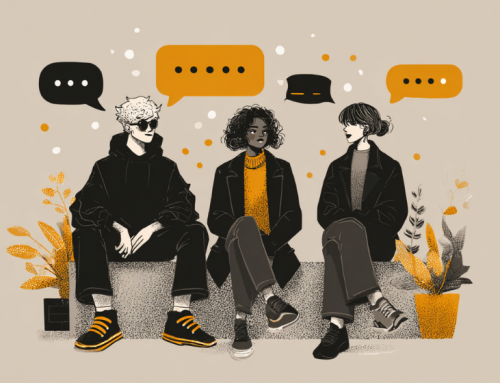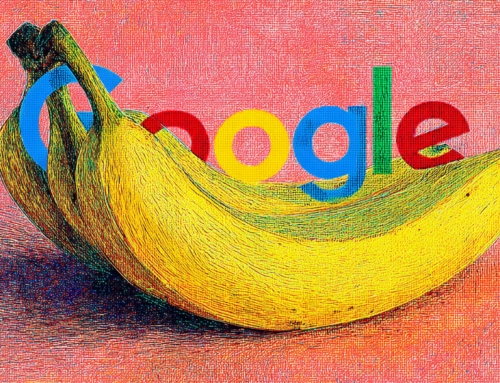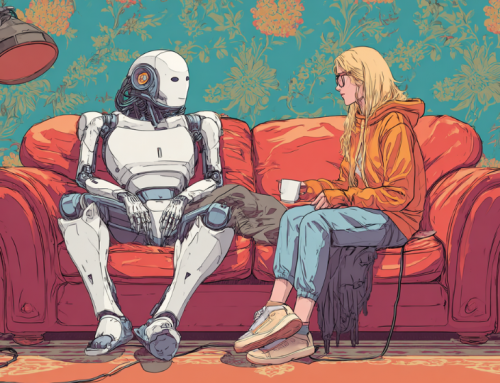
A man uses an augmented reality headset to view a life-size virtual model of a building. (Source: We Are Suteki, Wikimedia Commons)
AR Tech Could Inspire New Forms of Digital Art in Public Spaces
At the seeming brink of wide-scale adoption of AR, artists and other creative minds are already envisioning radical new ways of manipulating the forthcoming dimension of augmented space that we will increasingly populate and travel in the coming years as AR and VR become more viable and widespread. Will AR usher in a rebirth of street art and introduce a new generation of taggers to novel ways of seeing and creating? Is digital graffiti free expression or can it still be a criminal act? Quartz explores.
In the 20th century, only the brave would make bold political or social statements in public places. Whether sprayed with an aersol can, wheatpasted with a bucket and a broom, or stencilled with a piece of cardboard, graffiti became the ultimate form of artistic anarchy. Despite being illegal, the art form became a mainstay of populated areas in major cities and an important part of the greater cultural conversation.
Today heavy policing has meant fewer tags, but that hasn’t stopped artists’ desires to make their mark. Luckily in the 21st century there are more ways to express yourself than ever—and augmented reality is one of them.
Augmented reality (AR) allows you to look at the environment around you through the lens of your smartphone and, via an app, reveal a new layer of information that appears to be located in the real world. Pokemon GO inserted capturable creatures on street corners. Facebook wants you to leave messages for your friends in bars. At their keynote event on Sep. 12, Apple revealed their new iPhones, which have advanced AR capabilities. In this way, AR turns physical sites into a blank canvas for the creation of new content. Which means that, soon, everyone could be a secret street artist.
Graffiti in augmented reality could be the next avenue for street art — Quartz






